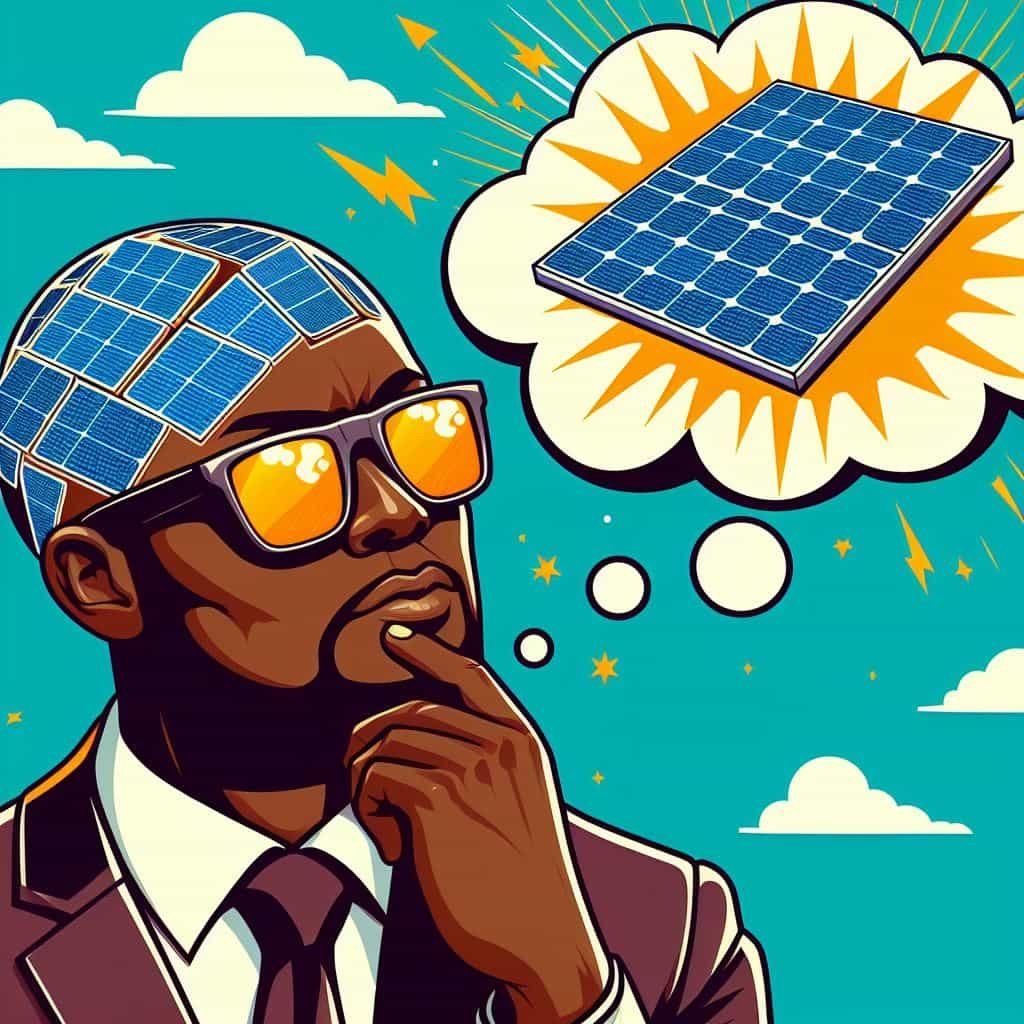As we look for long-lasting energy sources, solar panels have come up as a potential way to cut down on our use of traditional power. But have you ever thought about whether solar panels can still work well when there is artificial light? Let’s look into the science behind this question and see what we can learn about how to use sun energy from both natural and man-made sources.
How to Understand Solar Panels
Before we can understand the idea, we need to know how solar panels work. Through the photovoltaic effect, solar panels turn light from the sun into power. Sunlight is absorbed by solar cells, which then create a flow of electrons that turns light into electricity.
Natural vs. man-made light
Normally, solar panels are made to collect sunshine, which means they work best during the day. But as technology has improved, it has become more likely that fake light sources like LED or fluorescent bulbs can be used to make electricity.
What Science Says About It
Photons, which are part of light, are what solar panels use to make power. Photons from natural sunlight cover a wide range of wavelengths, but light from manmade sources only covers a few of those wavelengths. Even so, tests show that solar panels can still make electricity when there is artificial light, though not as well as when there is natural sunlight.
The Aspect of Efficiency
What makes solar panels work well in fake light depends on the type of light source and how the solar cells are made. Scientists have done some tests that show some kinds of solar cells can work pretty well with artificial lighting, which means they can be used in places where natural light is scarce.
How it Can Be Used Inside
The fact that solar panels can work in artificial light means that they can be used inside. Imagine that the light in your home or office could power electronics, sensors, or even small tools. This might help make the future more eco-friendly and energy-efficient, especially in places with little natural light.
Problems and Things to Think About
The idea of solar screens that can work with artificial light is interesting, but there are some problems that need to be solved. The speed at which energy is changed is still very important, and more study and work is needed to make solar cells work best in artificial light. Also, the cost-effectiveness of using this kind of technology on a bigger scale needs to be thought about.
Conclusion
The idea that solar panels could use fake light to make electricity is not just a far-fetched one; scientists are actually looking into it. The synergy between solar technology and artificial light opens up new avenues for sustainable energy use, both indoors and in places with limited access to natural sunlight. As technology keeps getting better, solar panels might one day be able to work with artificial lighting, making the energy scene cleaner and more sustainable.






Leave a comment
You must be logged in to post a comment.